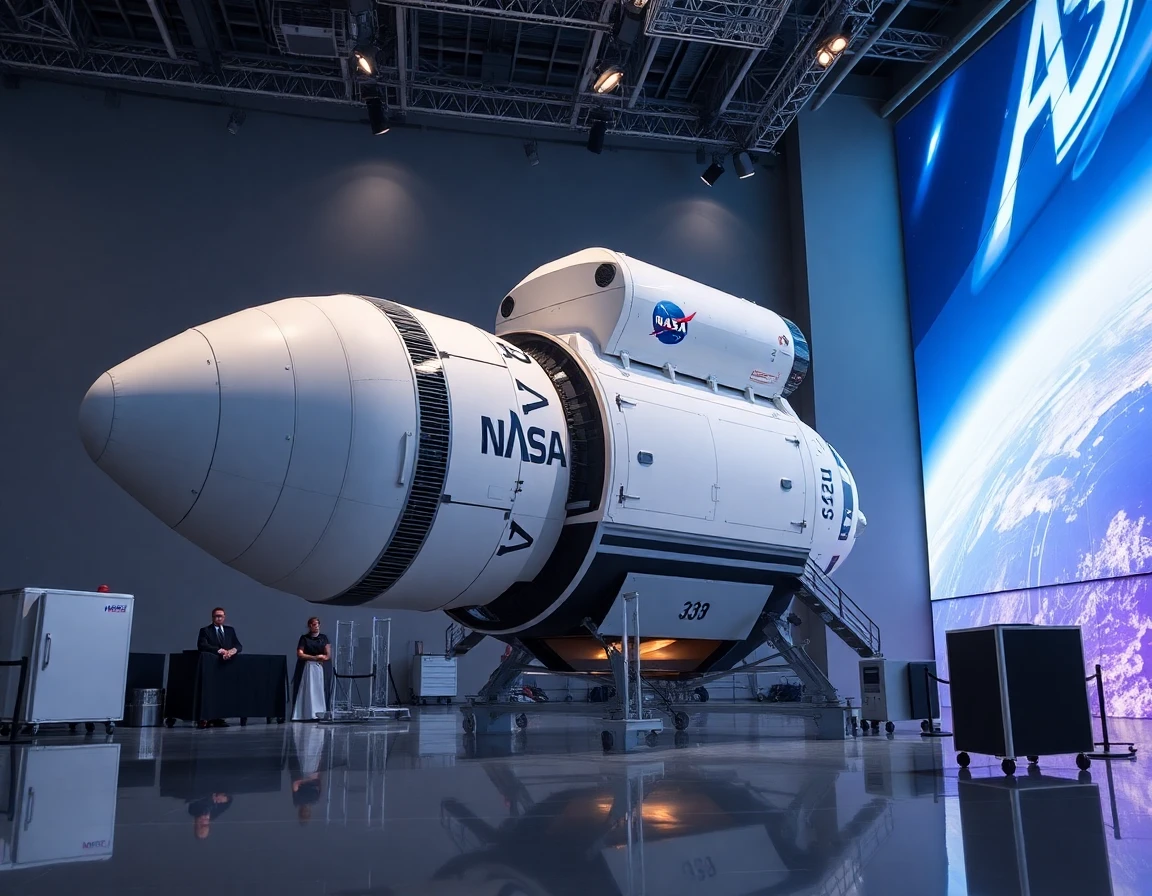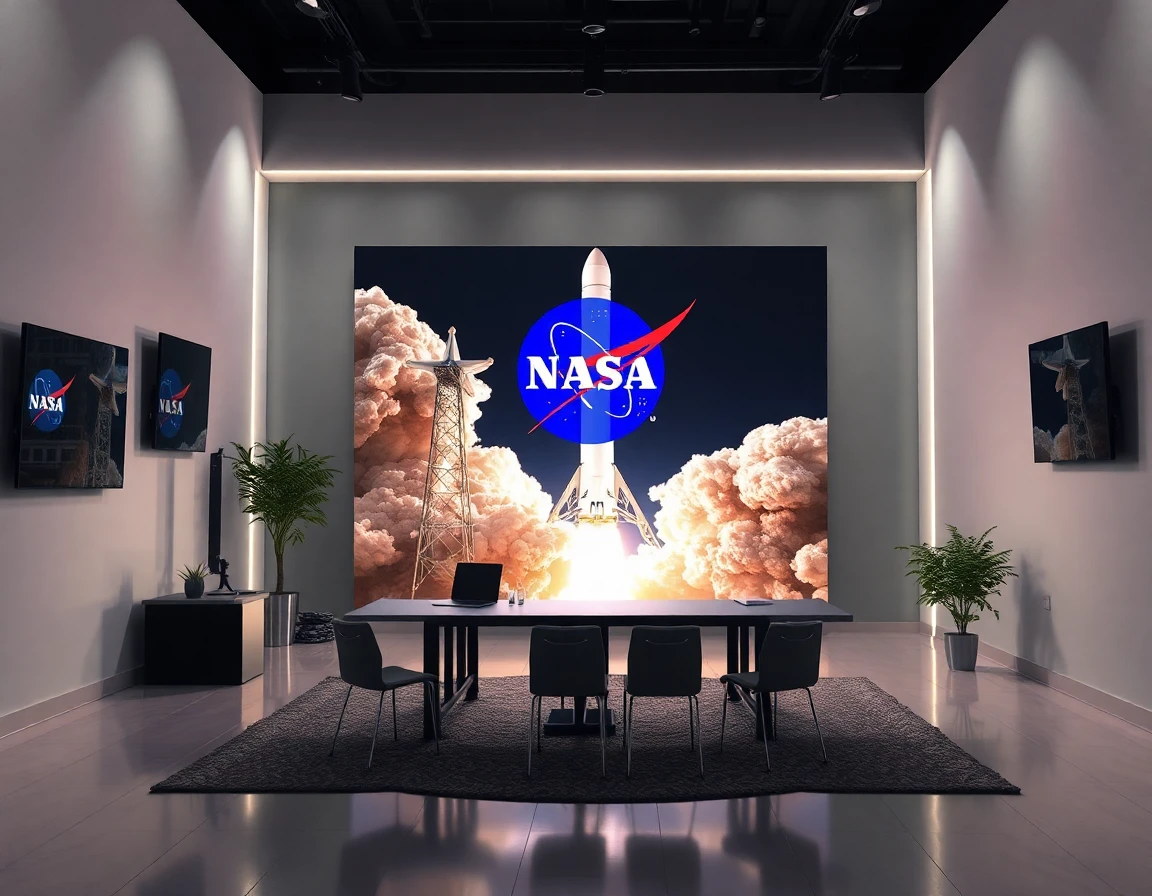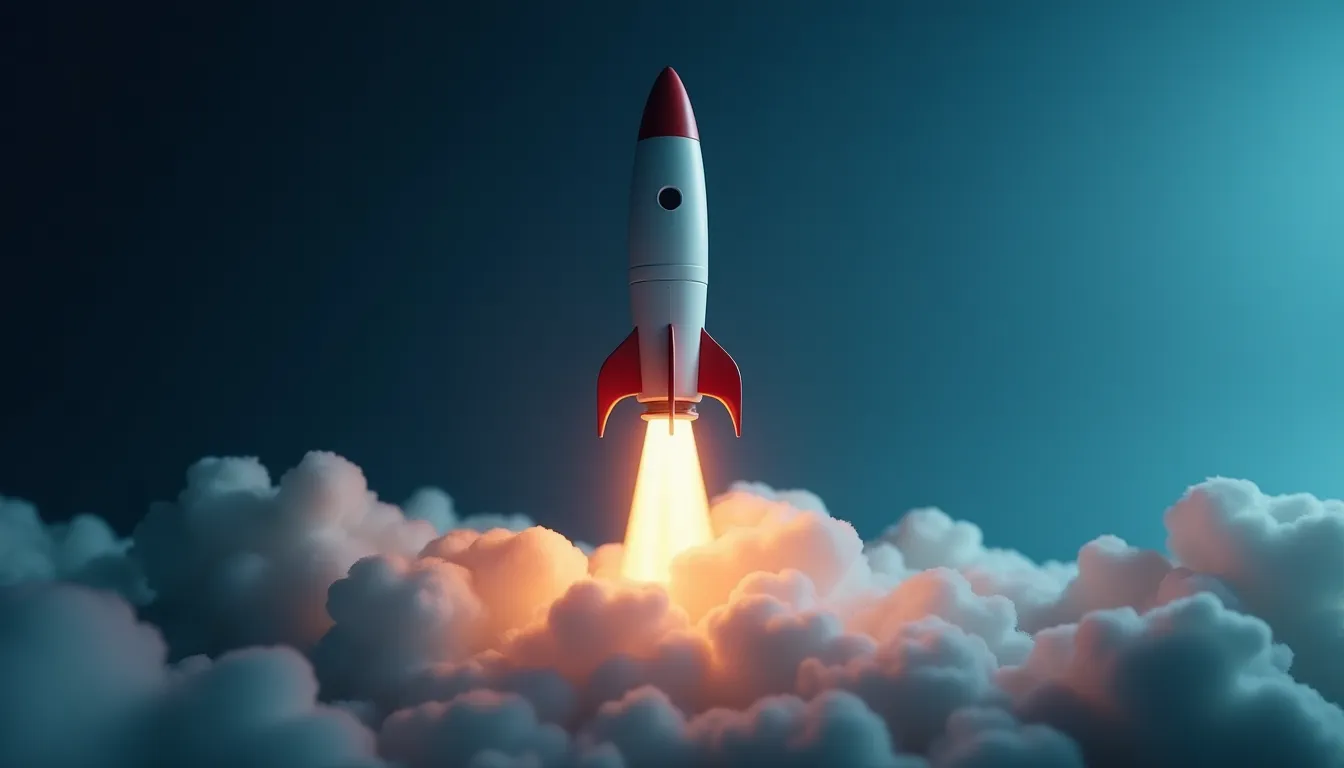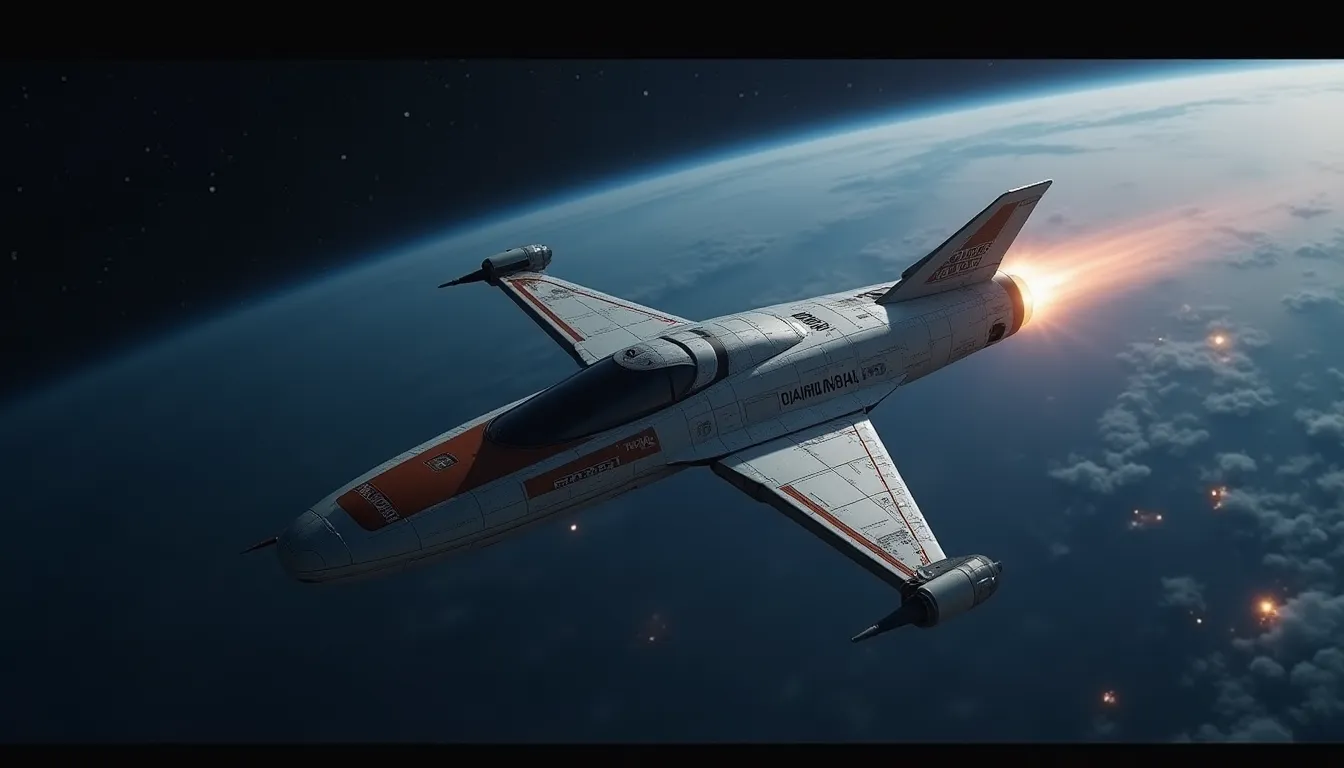On April 15, 2023, NASA successfully launched its 33rd SpaceX Commercial Resupply Services (CRS-33) mission, marking yet another milestone in the ongoing partnership between NASA and SpaceX. This mission not only underscores the importance of spacecraft in transporting critical supplies and scientific experiments to the International Space Station (ISS) but also highlights the technological advancements that make these missions possible.
Mission Overview
The CRS-33 mission lifted off from Cape Canaveral Space Force Station, carrying approximately 7,700 pounds of cargo, including scientific experiments, equipment, and supplies needed to support the astronauts aboard the ISS. Among the cargo were several experiments aimed at enhancing our understanding of space and its effects on biological systems.
“This mission continues our commitment to advancing human spaceflight and scientific research in low Earth orbit,” said Kathy Lueders, NASA’s Associate Administrator for Space Operations. “The successful delivery of these experiments can lead to significant advancements in medicine and technology.”
Advancements in Spacecraft Technology
Spacecraft have evolved significantly over the past few decades, integrating state-of-the-art technologies that enhance their operational capabilities. The CRS-33 mission utilized the Dragon spacecraft, which has been specifically designed for these types of resupply missions. The Dragon spacecraft is equipped with advanced inertial navigation systems that ensure precise trajectory control during launch and docking operations.
Additionally, the spacecraft employs cutting-edge thermal management systems to protect sensitive cargo from extreme temperature fluctuations during its journey to and from the ISS. These systems are crucial for maintaining the integrity of scientific experiments and cargo, allowing for safe delivery and return.
Scientific Research and Experiments
Among the scientific payloads delivered during the CRS-33 mission was an experiment designed to study the effects of microgravity on human cells, which could pave the way for advancements in medical treatments on Earth. Other experiments included investigations into plant growth in space, contributing to future long-duration missions to Mars.
“Understanding how plants adapt to microgravity can inform our approaches to food production in space, which is vital for future exploration missions,” said Dr. Sarah Johnson, a biologist at NASA.
Industry Impact and Future Developments
The continued success of missions like CRS-33 not only benefits NASA and the ISS but also plays a critical role in the commercial space industry. The collaboration with SpaceX exemplifies how public-private partnerships can lead to significant advancements in aerospace technology.
As private companies take on more resupply missions, there is potential for reduced costs and increased frequency of launches. This shift could lead to an explosion of research opportunities in low Earth orbit, further enhancing our understanding of space.
Conclusion
NASA’s 33rd SpaceX resupply mission stands as a testament to the ongoing innovations in spacecraft technology and the pivotal role these missions play in future exploration. With advanced gyroscopic instruments ensuring stable and reliable navigation, and a focus on scientific exploration, the partnership between NASA and SpaceX is set to propel humanity deeper into the final frontier.
As we look to the future, the advancements made in spacecraft technology will undoubtedly support not just resupply missions, but also pave the way for human exploration of Mars and beyond. The success of the CRS-33 mission reiterates the importance of continued investment in space exploration and the technologies that support it.



